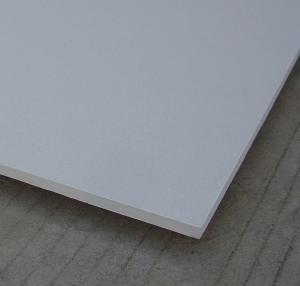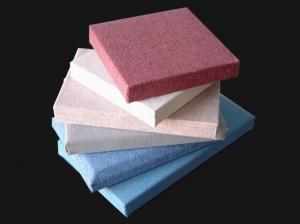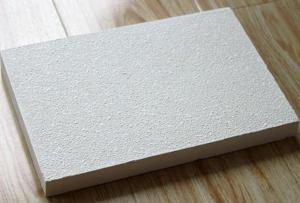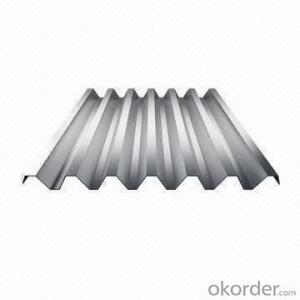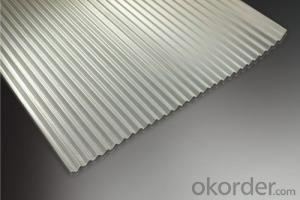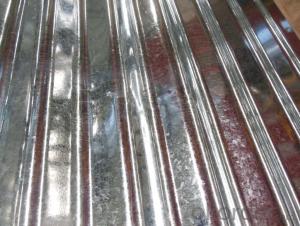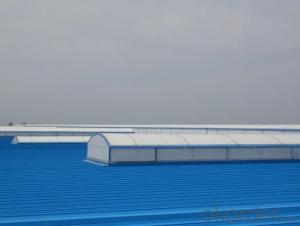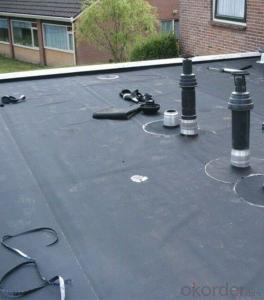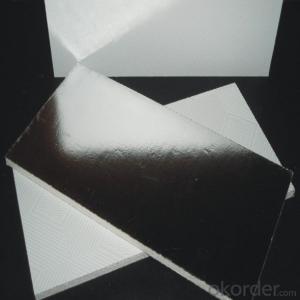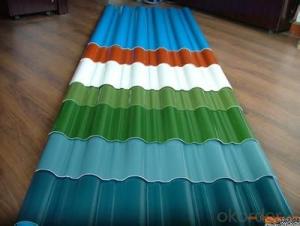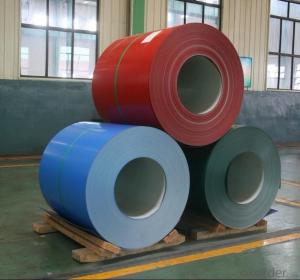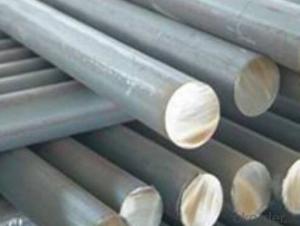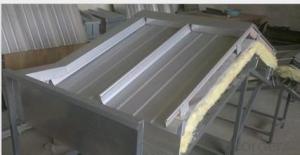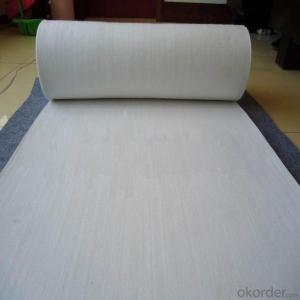Corrugated Felt Roof Sheets
Corrugated Felt Roof Sheets Related Searches
Led Lamps For Ceiling 42 In Ceiling Fan With Light Fiber Sheet For Roof Fiberglass Sheets For Roofing Decorative Lights For Ceiling Floor Insulation For Underfloor Heating Ceiling Brackets For Lights Insulation Materials For Lunch Bags Spotlight For Ceiling Clay Tiles For RoofHot Searches
Fiberglass Scaffolding For Sale Fiberglass Panels For Sale Fiberglass Greenhouses For Sale Breathable Roofing Felt Prices Bitumen Roofing Felt Suppliers Fiberglass Scaffolding For Sale Plastic Roof Tiles For Sale Fiberglass Panels For Sale Fiberglass Greenhouses For Sale Cost Of Concrete Tile Roof Roof Insulation Price Artificial Slate Roof Tiles Price Ceiling Fan Lowest Price Tesla Solar Roof Inverter Types Of Flat Roof Coverings Stone Wall Tiles Cost Company Office Design Ceramic Roof Tiles Cost Metal Roof Tiles Prices Cement Roof Tile ManufacturersCorrugated Felt Roof Sheets Supplier & Manufacturer from China
Okorder.com is a professional Corrugated Felt Roof Sheets supplier & manufacturer, offers integrated one-stop services including real-time quoting and online cargo tracking. We are funded by CNBM Group, a Fortune 500 enterprise and the largest Corrugated Felt Roof Sheets firm in China.Hot Products
FAQ
- Yes, aluminum sheets can be easily shaped or bent into desired forms. Aluminum is a highly malleable metal, which means it can be easily manipulated without breaking or cracking. Its low density and high strength-to-weight ratio make it an ideal choice for various applications where shaping or bending is required. Aluminum sheets can be shaped or bent using a variety of methods, including press-braking, roll-forming, or using specialized tools such as a sheet metal brake. The ease of shaping or bending aluminum sheets also makes it a popular choice for industries such as automotive, aerospace, construction, and manufacturing, where customized forms and designs are often needed.
- Indeed, it is possible to anodize 101 aluminum sheets for outdoor architectural purposes. Anodizing, a procedure that enhances aluminum's protective layer, grants it increased resistance against corrosion and deterioration. This technique is frequently employed in architectural applications to safeguard aluminum from outdoor elements. By subjecting the 101 aluminum sheets to anodization, they can be rendered sturdier and better suited for outdoor utilization, guaranteeing their long-lasting appearance and performance.
- Electrical wiring cannot utilize aluminum sheet, as it is primarily employed for structural and decorative purposes owing to its lightweight nature and ability to resist corrosion. On the other hand, aluminum wire, specially designed for electrical applications, can be employed for electrical wiring due to its distinct characteristics. In the past, aluminum wire was frequently employed, but concerns regarding its conductivity, durability, and potential fire hazards have led to its replacement by copper wire in residential and commercial electrical installations. Copper wire is favored for its exceptional conductivity and reduced likelihood of loose connections or overheating.
- The typical fatigue life of aluminum sheets can vary depending on several factors such as the alloy used, sheet thickness, manufacturing process, and the specific application it is being used for. Generally, aluminum sheets have a relatively high fatigue strength compared to other materials, allowing them to withstand a large number of cyclic loading cycles before failure. However, it is important to note that fatigue life can be influenced by various factors such as stress levels, loading conditions, and environmental factors like temperature and humidity. Aluminum sheets may experience a decrease in fatigue life when subjected to high stress levels, cyclic loading, or harsh environmental conditions. In certain applications where aluminum sheets are subjected to low stress levels or are not exposed to cyclic loading, they can have an infinite fatigue life. On the other hand, in high-stress applications or when subjected to cyclic loading, aluminum sheets typically have a finite fatigue life that can range from thousands to millions of cycles. To determine the precise fatigue life of aluminum sheets for a specific application, it is recommended to refer to relevant industry standards, test data, or consult with material engineers or manufacturers who can provide more accurate information based on the specific parameters and conditions of use.
- Certainly, decorative purposes can indeed be served by aluminum sheets. Aluminum, as a versatile and lightweight material, lends itself easily to manipulation into various shapes, sizes, and designs. It can be painted, coated, or anodized with a multitude of colors to suit any aesthetic preference. In the realm of decoration, aluminum sheets prove useful as panels, signage, wall cladding, ceiling tiles, and even in furniture design. Moreover, aluminum's resistance to corrosion renders it a durable choice for both indoor and outdoor applications. Furthermore, its reflective surface adds a sleek and modern touch to any space. In summary, aluminum sheets offer a vast array of possibilities for incorporating decorative elements into any project.
- i bought a light fixture for my bathroom wall and the ground wire is aluminum and the existing ground wire in the wall is copper,so i would like to know if i can join them and if so,how?
- I assure you that if the light fixture was manufactured in the last 10 years, that ground wire is not aluminum. It may look aluminum but it isn't. aluminum small gauge wire for electricity has been illegal for many years. Why? It will create sparks eventually. --- So you can join that aluminum-looking ground wire to your house ground wire. (Make sure the connection is super tight - in case some nutcake put an aluminum wire for the light fixture ground) If you are still in doubt -- just replace the aluminum-looking ground wire at the fixture and replace it with a copper groung wire) btw: (aluminum is stlll allowed in heavy gauge wires from transformers to service entry panels (if they are greased at the service entry panel)
- Yes, aluminum sheets can be used for signage purposes. Aluminum is a versatile and durable material that is commonly used in the signage industry. It is lightweight, corrosion-resistant, and has excellent weather resistance, making it suitable for both indoor and outdoor signage. Aluminum sheets can be easily cut and shaped to create various sizes and designs of signs. They can be painted, coated, or printed on to display logos, text, or graphics. Additionally, aluminum signs are cost-effective and have a long lifespan, making them a popular choice for businesses, construction sites, road signs, and other signage applications.
- To avoid oil or grease stains on aluminum sheets, there are several steps you can take: 1. Make it a habit to regularly clean the aluminum sheets. This will help eliminate any existing stains and prevent them from building up. Use a mild detergent or a mixture of water and vinegar to clean the sheets. Avoid using harsh cleaners or abrasive pads as they may harm the surface. 2. Apply a protective coating to create a barrier between the aluminum surface and oil or grease. Clear lacquer or anodizing are examples of coating options available. These coatings create a smooth and impermeable surface, making it difficult for oil or grease to penetrate and stain the aluminum sheets. 3. Use a barrier material if you frequently work with oil or grease near aluminum sheets. Consider using a silicone mat or placing parchment paper or aluminum foil between the aluminum sheet and the source of oil or grease to prevent direct contact. 4. Proper storage is crucial for preventing oil or grease stains on aluminum sheets. Store them in a clean and dry environment, away from potential sources of contamination. Keep the sheets covered or wrapped in a protective material to prevent dust, dirt, or oil from settling on the surface. 5. Handle aluminum sheets with clean hands. Ensure your hands are free of oil or grease before touching the sheets. Even small amounts of oil or grease on your hands can transfer onto the sheets and cause stains. If necessary, wear clean gloves or use clean tools when working with aluminum sheets to minimize the risk of stains. By implementing these preventive measures, you can significantly reduce the likelihood of oil or grease stains on your aluminum sheets, keeping them clean and in excellent condition.
